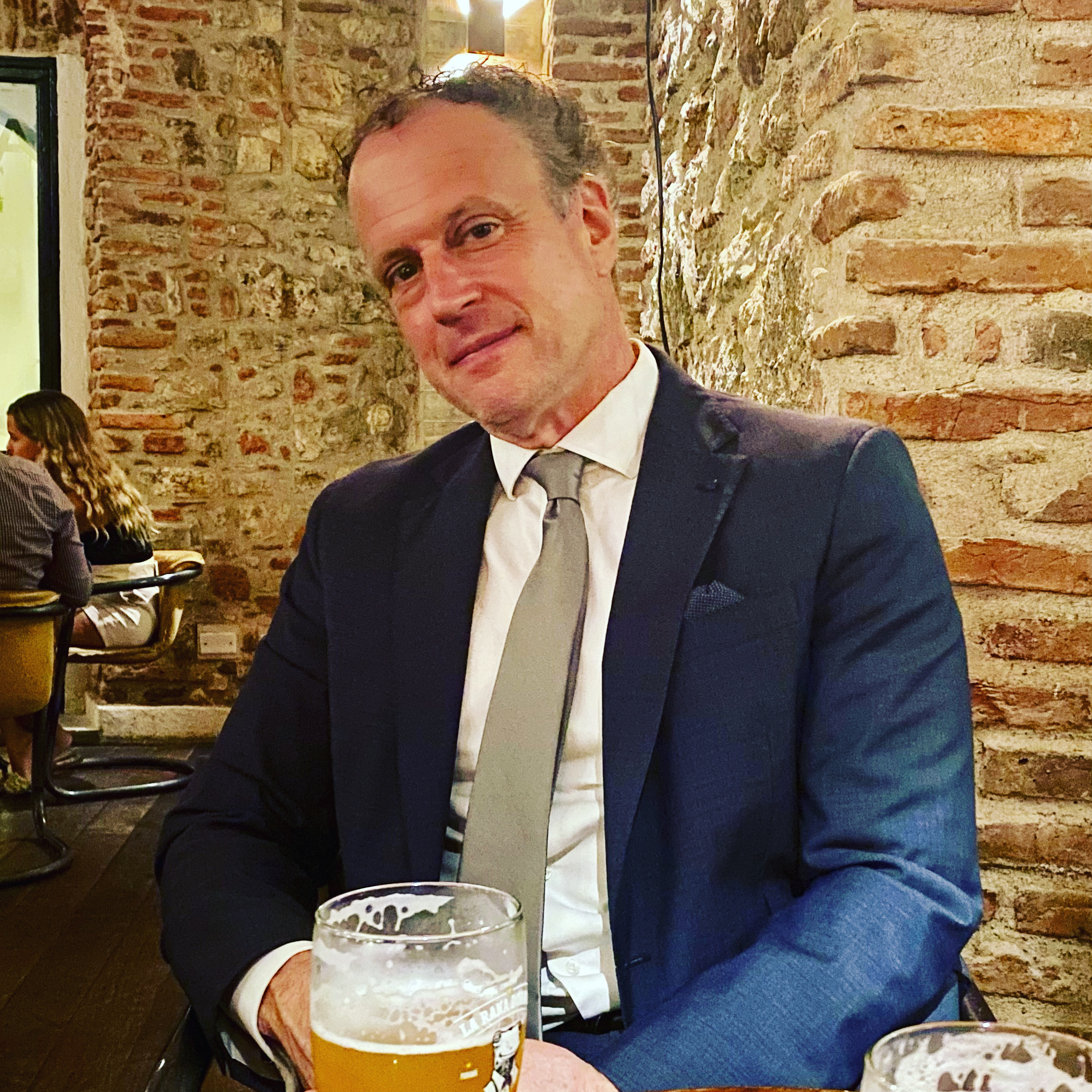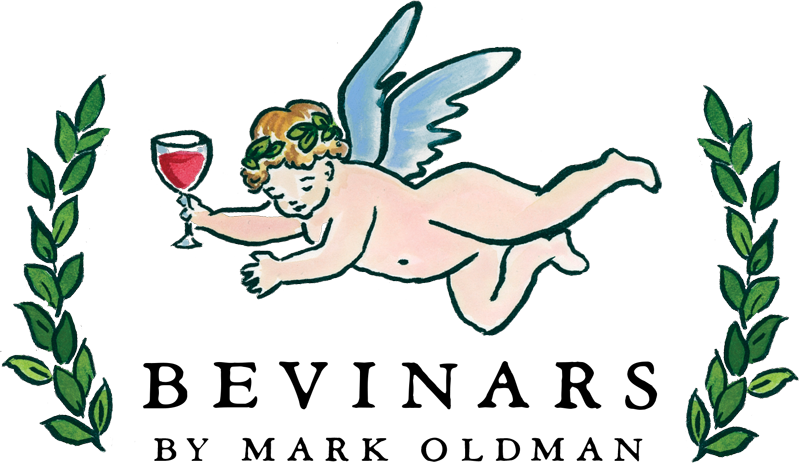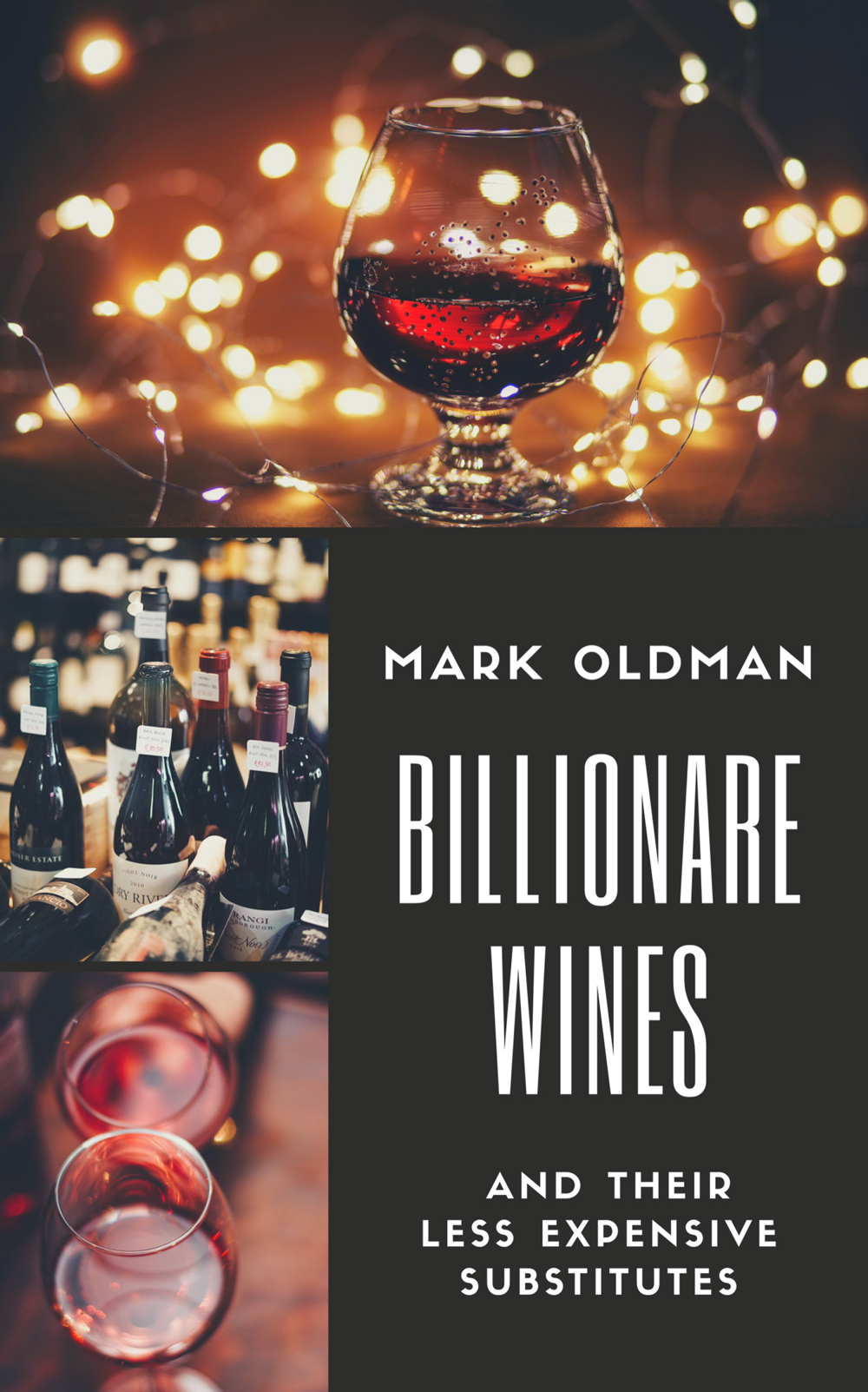Why and When to Age Your Wine
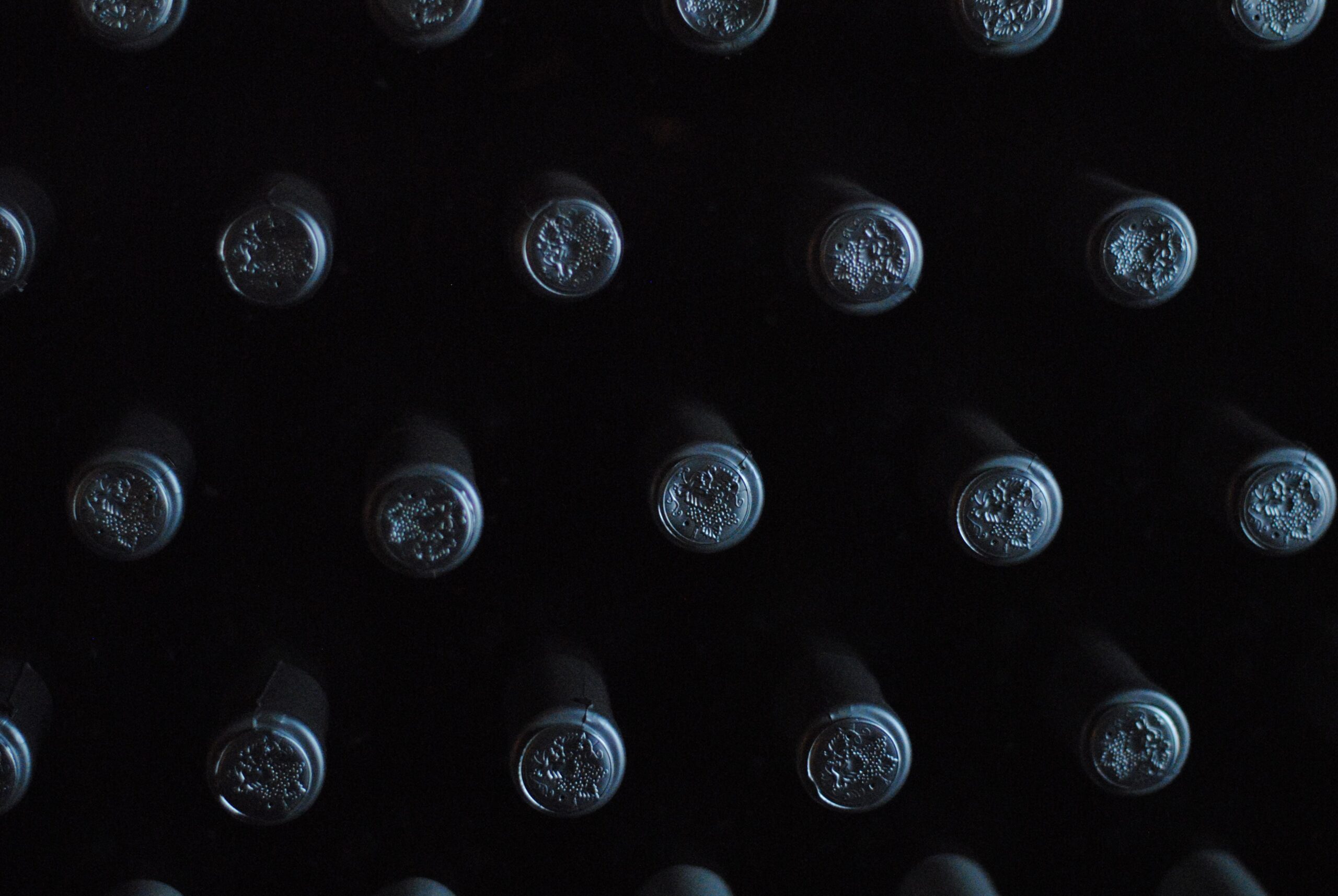
Wine, Time, and History
Wine has always had an intimate relationship with time. For much of history, time counted as its worst enemy because after fermentation stopped, aging wine inevitably slid downhill towards spoilage and, yes, vinegar. Since Roman times, people tasted wine mostly to give a simple thumbs up or thumbs down, good or bad, wine or vinegar. That began to change around the turn of the eighteenth century when winemakers started producing age-worthy wine, often with lots of phenolic compounds, tannins, and perhaps some new oak, to meet the needs of expanding commerce.
Within a couple of decades, wine merchants and consumers soon realized that aging wines—particularly reds from Bordeaux and Burgundy plus Champagne—made them better, more expressive, and superbly subtle after several years. In 1752, the philosopher Montesquieu (who produced a lot of Bordeaux wine) told one of his Scottish clients that he had shipped him pure wine, “just as it was received from the hands of God,” and that he could age it up to 15 years! Pope John XXIII, born in 1881, famously said: “Men are like wine – some turn to vinegar, but the best improve with age.” Anyone conscious between 1979 and 1981 will remember the Paul Masson TV commercials featuring the actor Orson Welles stating, somewhat ironically perhaps, “We will sell no wine before its time.”
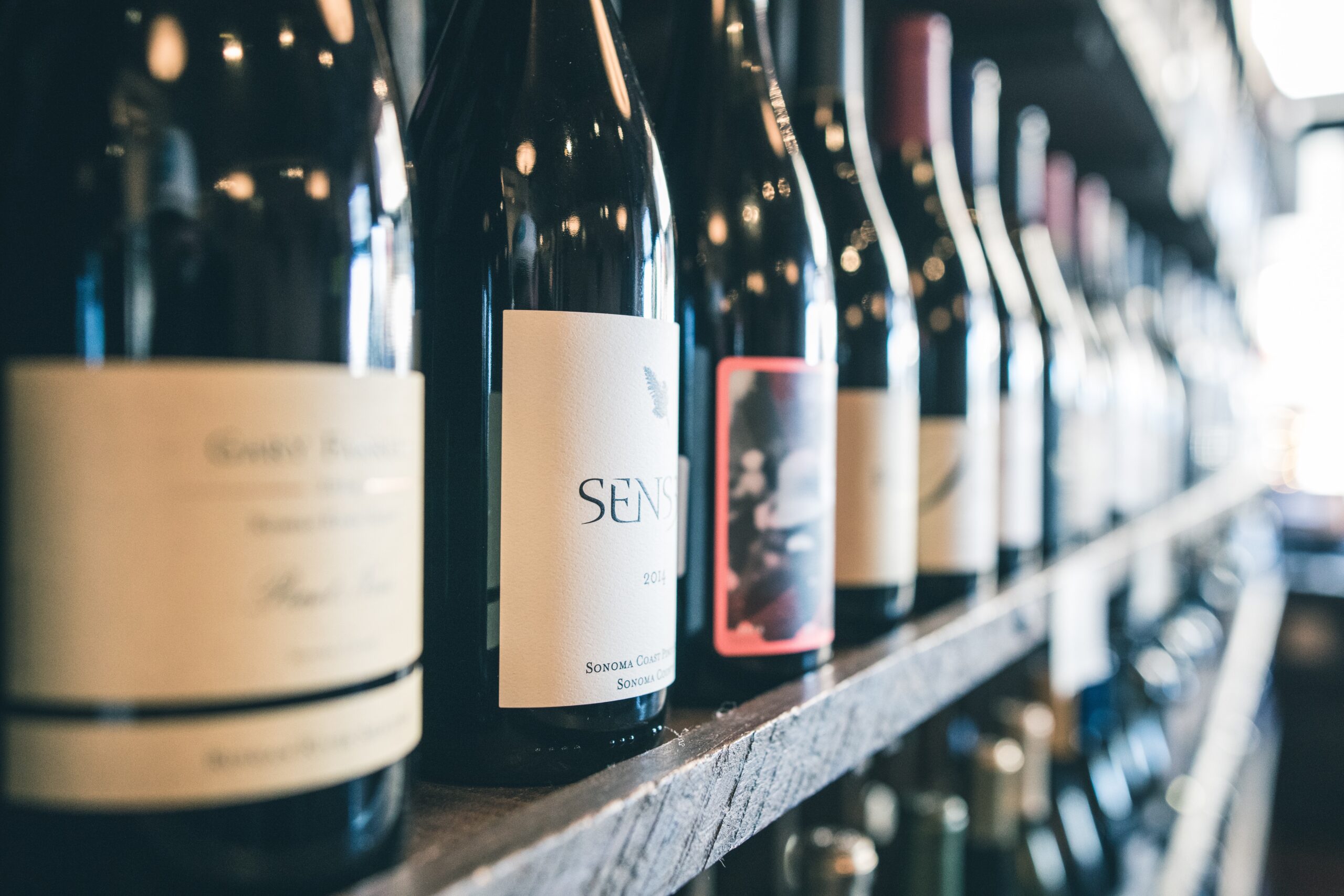
Take a Class, Listen to the Critics
You can enter this longstanding contest between time and wine by purchasing age-worthy selections and then aging wine. Up your game in this area of wine knowledge by taking a wine class or two that involve tasting alongside the teacher, so you can understand the change and improvements that occur in aged wines over time. Inevitably, the wine press and critics will give you advice. They do it all the time, but not always consistently. For example, reviewing the 2015 Chateau Clark from Bordeaux’s Listrac appellation shortly after its release, Wine Enthusiast said: “The wine will age well and should not be drunk before 2023.” While James Suckling stated: “You can drink it now, but better in 2020.” Wine Advocate vaguely chimed in with, “a classic Listrac that should give 10-12 years of pleasure.” Finally Tablas Creek Vineyards publishes an intriguing chart of its own aged wines based on frequent tastings of vintages since 2006. It provides a fascinating peek into aging wine, longevity, and taste.
Why Age Wine?
That pleasure is the chief reason for ageing wines. Those made well will improve and open over time, with new flavors, aromas, and mouthfeel emerging over the years. Some young wines, such as top-end Bordeaux or Barolo, will be too closed and tight, with puckery tannins predominating, within the first three to five years to really be enjoyable. From there, if stored properly, such wines will soften and gain much greater complexity. In addition, if you buy young wines and age them, they may gain substantially value with time, becoming rare specimens: the “hidden treasures” of your wine collection, ready to break out on a special occasions with friends or family.
Several factors, such as the wine’s origin, grape type, vintage, and winemaking methods, play a pivotal role in determining how a wine will evolve over time. The true magic unfolds through a series of intricate chemical reactions. As you age a wine, it undergoes a remarkable transformation. Acids, sugars, alcohols, esters, and phenolic compounds engage in a symphony of reactions, influenced by the chosen yeast strain. This chemical “weaving” produces a tapestry of flavors and aromas, making the wine more intricate with each passing day. Oxygen, introduced through the cork, lends a helping hand in maturing the wine gracefully.
Wine Aging Guidelines
Some solid guidelines exist as to why and when you should age a particular wine. First, most age-worthy wines come from California, France, Italy, or Spain. Most will be red wines, although white wines that benefit from aging certainly exist (such as whites from Bourgogne). The second point to understand is that the vast majority of wine sold today is made to be enjoyed as soon as it hits the market. “Most wineries intentionally produce wines that are ready to drink when still quite young,” expert Mike Veseth states. “I find nothing wrong with this when done well.”
Third, when you choose to age a wine to enhance its pleasurable and compelling characteristics, you must store it in horizontally in the bottle, under stable temperature conditions, and without strong direct light. Finally, you must determine when to end the contest between time and the wine. How do you know when to open that treasured bottle?
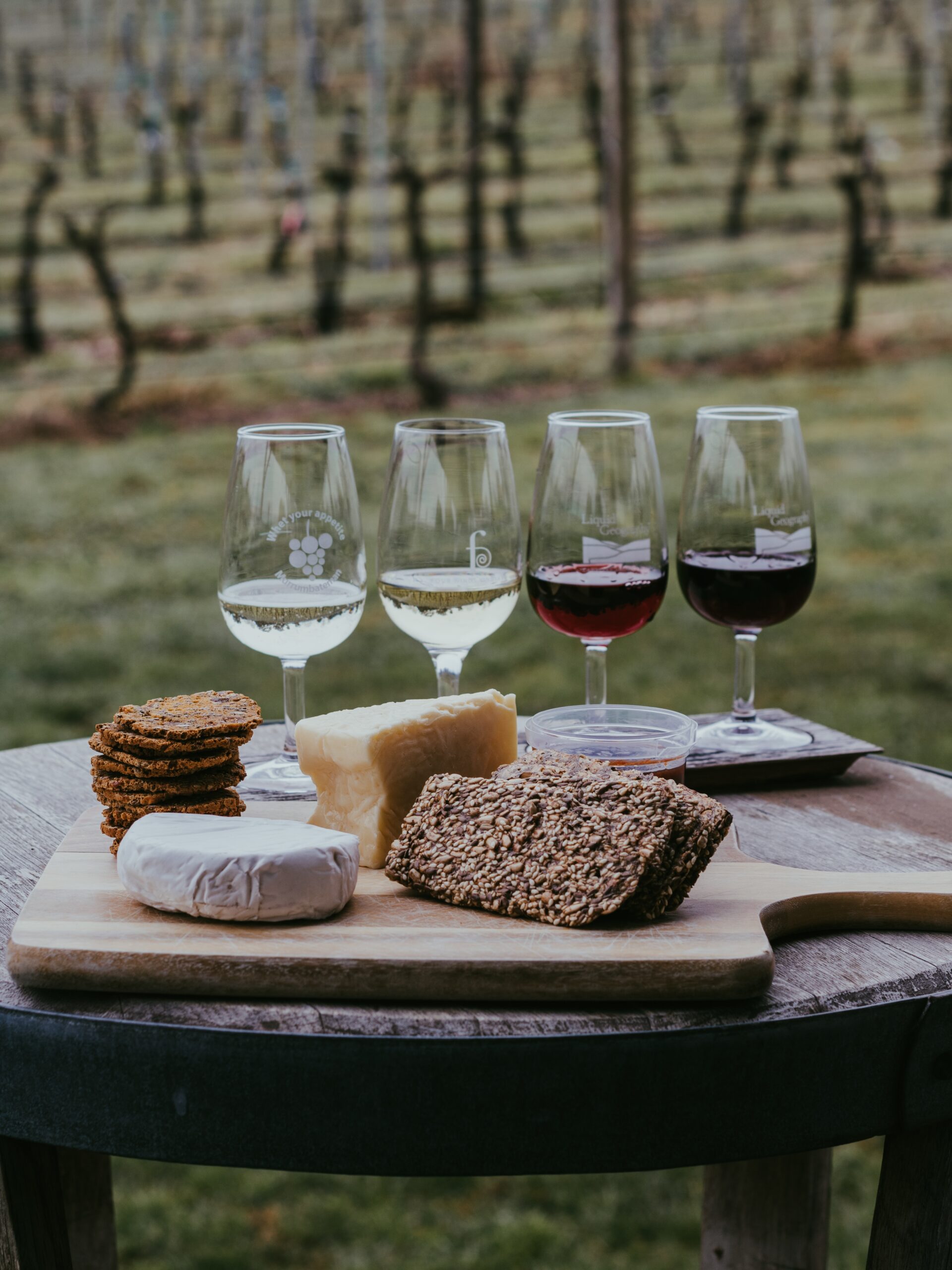
Categorizing Wine
1. Enjoy it Now: Most supermarket wine and even the majority of inventory at your favorite wine shop will belong to this category. Today, most wineries produce wine to be enjoyed young and early. This is true of white wines, rosés, and most red wines, which will be fruit forward, with sugar and acidity balanced for enjoying right away. Varietal red wines made from grapes with lower or softer tannins, like Merlot, Sangiovese, Grenache, and of course Pinot or Gamay Noir, will be highly palatable young. There’s no need to cellar such wines.
2. Cellar Selection: Achieving a harmonious balance of flavors resulting from wine aging is the goal for your cellar sections; you want the wine to age to a point where where alcohol, acidity, residual sugar, tannins, and fruit, or other aromatic elements, meld seamlessly. This delicate equilibrium is essential for wines intended for aging, as those with lower acidity tend to age less gracefully. Wine experts classify aromas into primary, secondary, and tertiary categories. Primary aromas are characterized by the fresh fruit notes, while secondary aromas arise from the winemaking process. Tertiary aromas, on the other hand, emerge during bottle maturation, evolving the wine’s scent into a more nuanced and complex bouquet. This transformation can range into intriguing subtleties of truffles, leather, cigar box, tobacco, cedar, and even earthy elements like porcini or chanterelle mushrooms. Renowned wine expert Gerard Basset aptly likened these tertiary aromas to the scents of a forest floor. As wine ages, the tannins in red and orange wines soften, becoming silky on the palate. This transition allows the flavors and aromas to unfurl gradually, providing a more intricate tasting experience. In age-worthy white wines, one can anticipate the emergence of aromas reminiscent of honey, beeswax, and hazelnuts, adding further depth to the sensory journey.
3. Hurry! Some wines you have stored away should perhaps see the light of day as they can rapidly decline in quality if aged too long. For whites, this window is typically around 2 to 3 years, while for reds, count on about 7 to 10 years, though it can vary. Beyond this point, aging wines may lose their balance and develop undesirable characteristics, ultimately heading towards the vinegar end of the spectrum. A key indicator is the softening of tannins, as wines that have gone past their prime offer no resistance when consumed and exhibit a fading of flavors and aromas.
